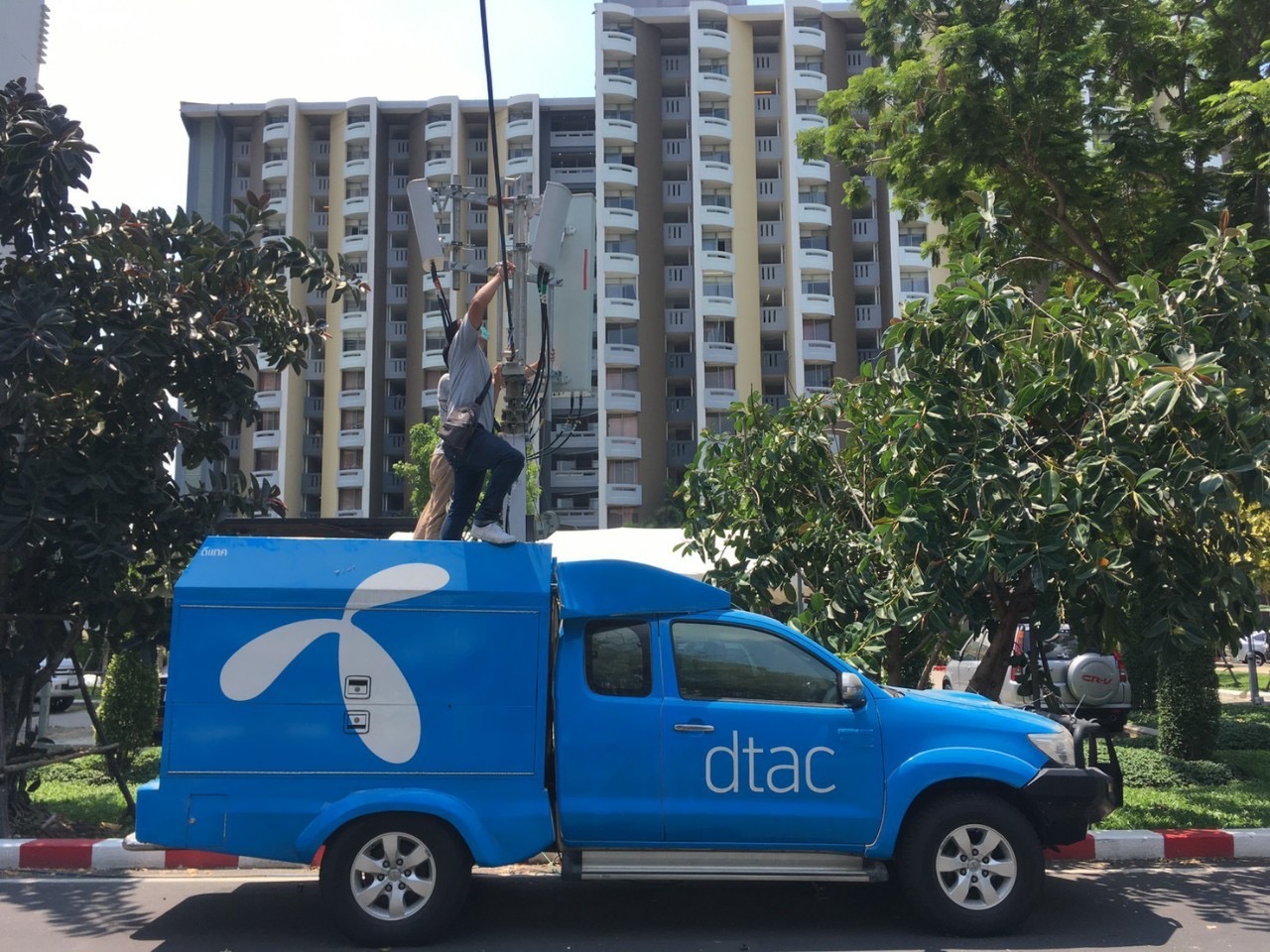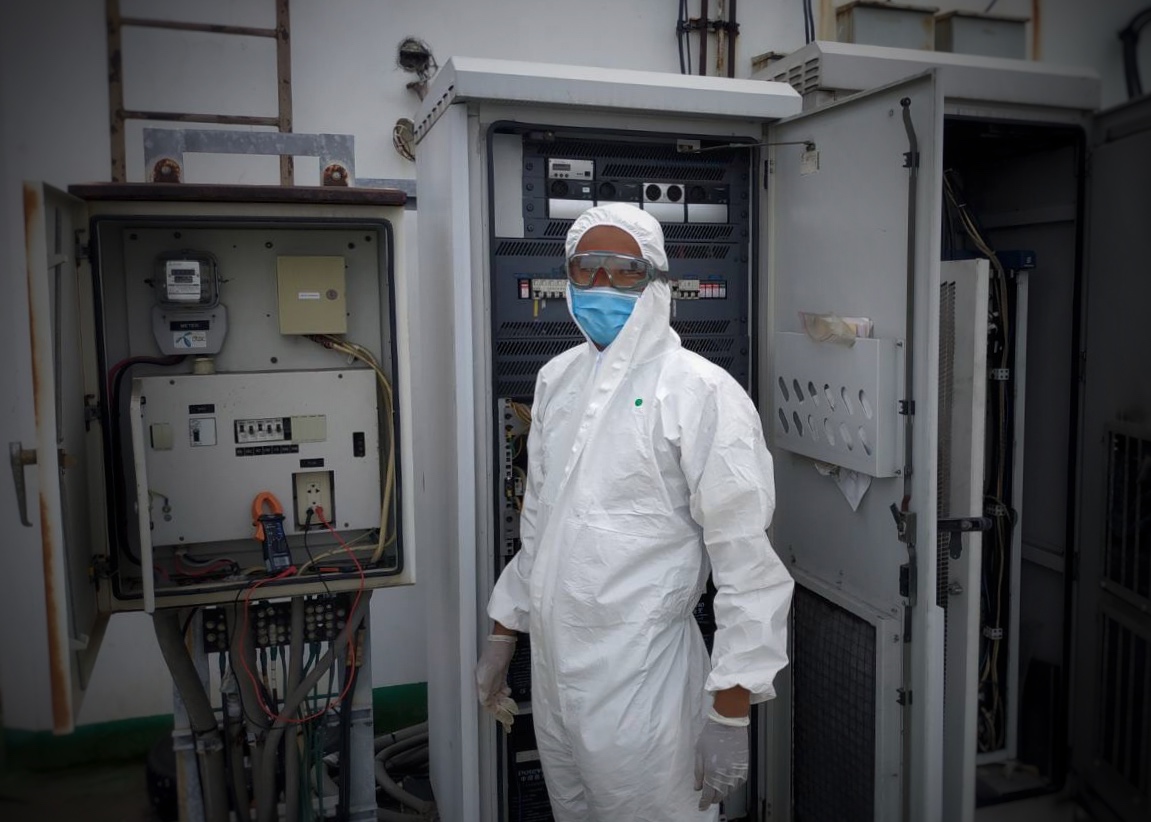Mobile service operators have been classified as essential services by the government and ordered to maintain uninterrupted services. To do this, network operations teams must continue to work in the field, including within the hospitals fighting the COVID-19 epidemic. We spoke to dtac’s technicians and engineers about maintaining essential services in a country in partial lockdown.
“Am I scared of getting COVID-19? Yes, I am. We all are. But to keep customers connected, duty comes first. Connectivity has never been more important than during this crisis. We have a responsibility to maintain network operations as usual. I know it’s risky, but what I’m doing to keep customers connected is deeply rooted in my heart and I trust dtac’s preventive measures to keep us safe,” said Wasan Chanplab, Head of Field Network Operations BMA at dtac.
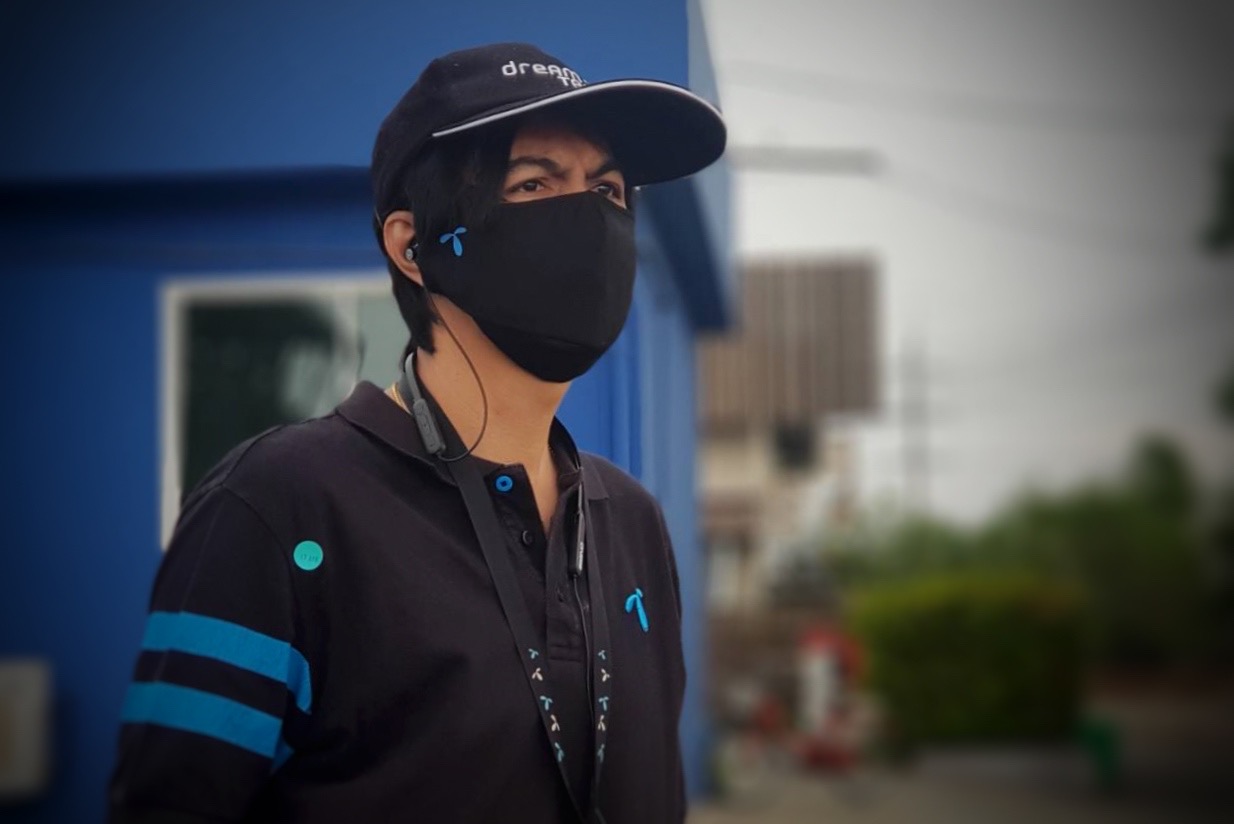
Wasan Chanplab, Head of Field Network Operations BMA at dtac
Social distancing has deeply transformed network operations. First, it has pushed customers towards video conferencing, thereby increasing the network load. Secondly, it has moved the bulk of internet traffic from business districts to residential areas. Thirdly, it has made accessing network sites more difficult, due to various shutdown measures.
“We have a solid plan in preparation for any sorts of crisis, not just epidemics, but also natural disasters. The plan not only outlines the need for 24/7 preparedness but also gives us a guidance on how to access unreachable sites or the negotiation guidelines that allows us to get access. The plan resulted in mutual benefits for property owners, frontline workers and dtac’s customers,” he said.
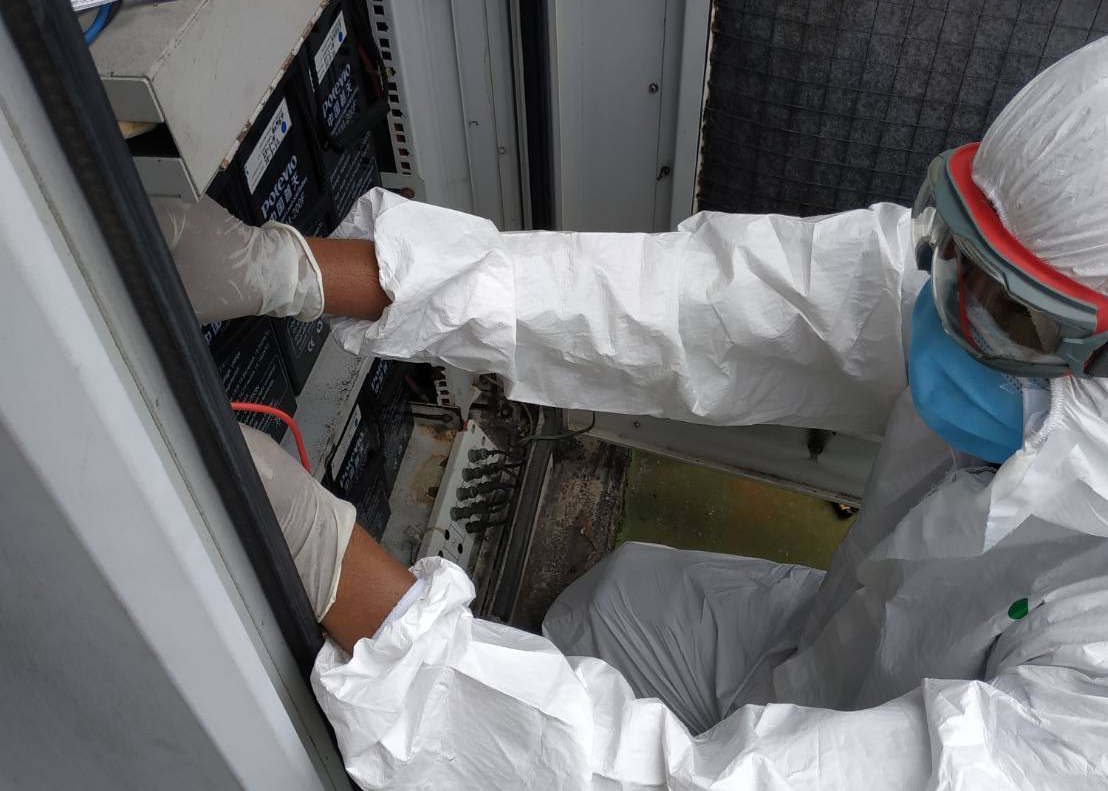
Recently, Wasan received a network disruption notification identified at Siiraj Hospital by the Network Operation Center located at dtac headquarter. Siriraj Hospital is vital to the treatment of both general and COVID-19 infected patients. Connectivity there plays an integral role in ensuring doctors and healthcare workers can work together effectively. Wasan and his team immediately rushed to the hospital’s 25-story Navamindrapobitr 84th Anniversary Building which sees 500,000 patients annually.
“Hospitals are classified as restricted zones with strict sanitary conditions. Outsiders are not permitted to get in. From dtac’s frontliners’ view, it’s also a risk for us, too. However, it’s imperative to maintain uninterrupted network services there as healthcare workers are counting on us during this tough time. We reached out to the property owner, Siriraj Hospital, asking for special permission to access the location urgently. Normally, getting permission is a seven-day process,” Mr.Wasan said.
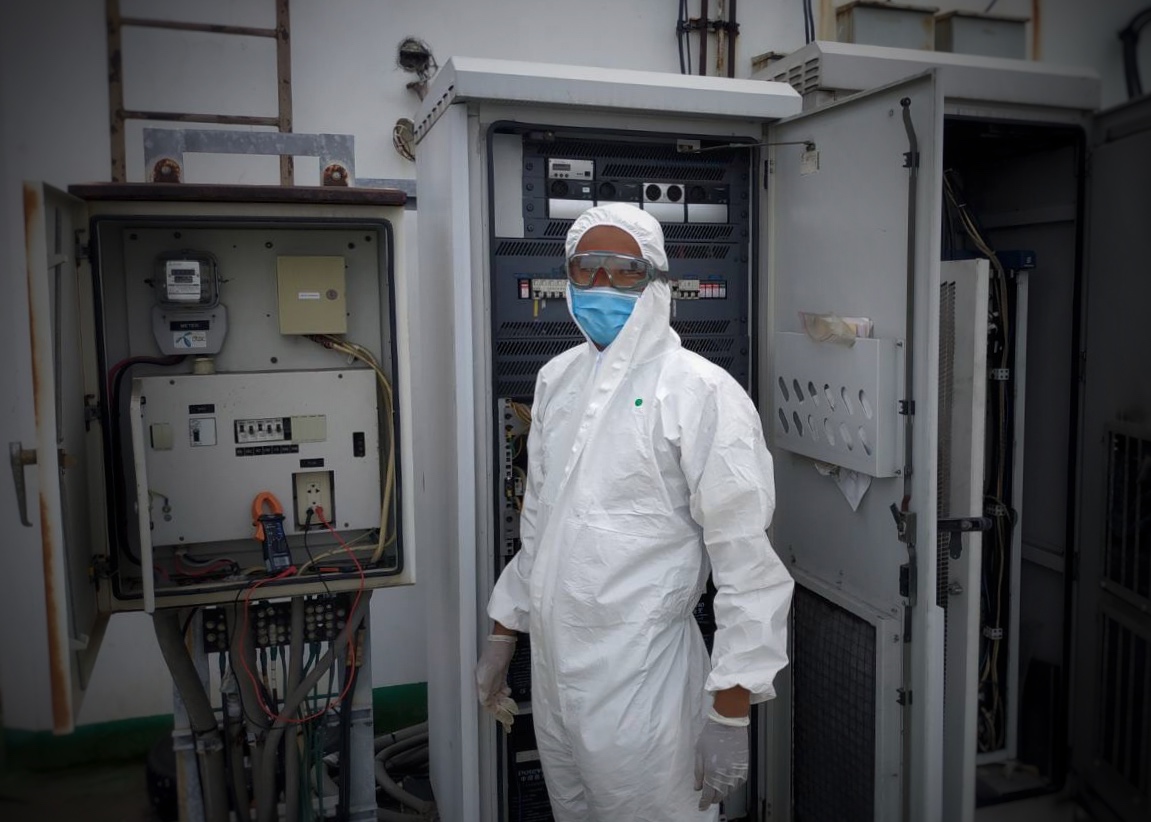
He also explains that in such cases network team strictly abide by the hospital’s instructions, wearing Personal Protective Equipment (PPE), safety glasses, surgical masks and rubber gloves. Once equipped, the team was able to access the network site and quickly resolve the issue.
In addition, Mr. Wasan’s team took the lead in boosting network capacity at the Thammasat University Hospital where it opened a 308-bed field hospital in a former dormitory.
“The novel coronavirus outbreak must not affect dtac’s network operations. We’re here to work harder and harder to keep customers connected. We’ve been working 24/7 without holidays. We’re more ready than ever and we’re proud to be a part of the mission fighting against COVID-19 to get through this together,” said Wasan.
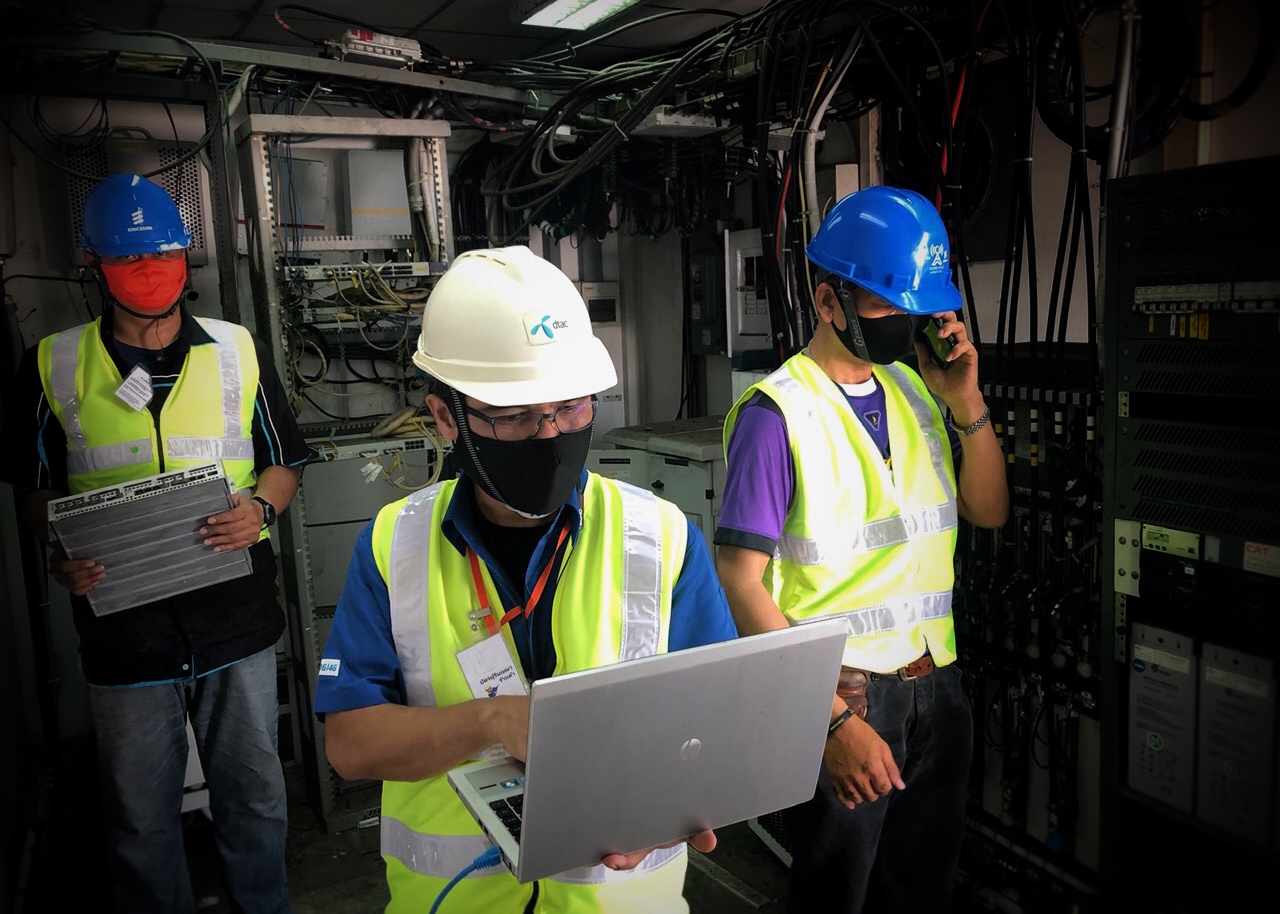
In addition to ensure smooth network services at hospitals, the team is also adapting cell sites to the sudden changes in consumer behavior. For example, the densely populated forest of skyscrapers in the Ratchayothin district has seen a boom in data usage due to work-from-home policies. Although access to sites there can be nearly as complex as entering a state hospital, the team never stops pushing to improve dtac’s network capacity in areas such as these, where customers most need connectivity to dull the impact of COVID-19.
